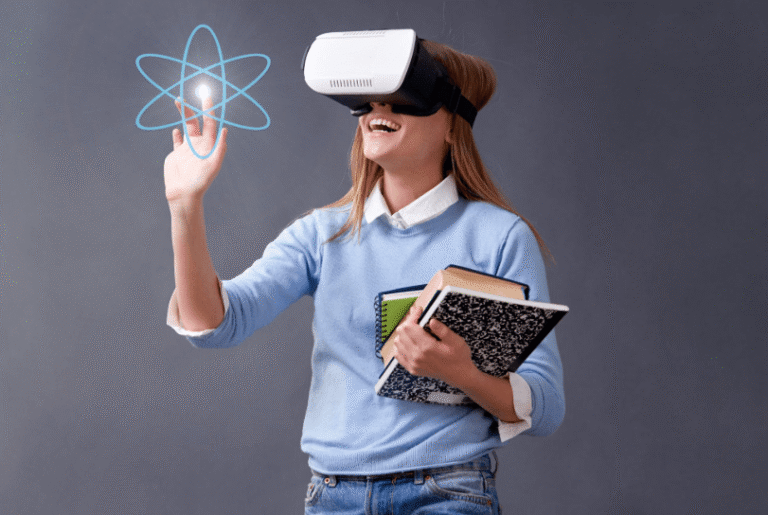How Technology Is Revolutionizing the Retail Industry
Technology is fundamentally altering the retail landscape. E-commerce has shifted consumer access, while artificial intelligence personalizes shopping experiences. Data analytics optimize inventory management, enhancing operational efficiency. Augmented reality offers immersive interactions, transforming how customers engage with products. As these advancements continue to unfold, their implications for retailers become increasingly significant. The question remains: how will these technological innovations shape the future of consumer behavior and retail strategies?
The Rise of E-commerce and Online Shopping
As consumers increasingly prioritize convenience and accessibility, the rise of e-commerce and online shopping has reshaped the retail landscape.
Mobile shopping has emerged as a pivotal force, enhancing customer convenience by allowing instant access to products and services.
This shift not only liberates consumers from traditional shopping constraints but also empowers retailers to innovate, adapting to an ever-evolving digital marketplace.
Enhancements Through Artificial Intelligence and Data Analytics
While traditional retail methods have served their purpose, the integration of artificial intelligence (AI) and data analytics has significantly transformed the sector’s operational capabilities.
Retailers leverage AI to enable personalized shopping experiences, tailoring recommendations based on consumer behavior.
Additionally, data analytics enhances inventory management, optimizing stock levels and minimizing waste, ultimately driving efficiency and profitability while empowering consumers with choices that resonate with their preferences.
The Role of Augmented Reality in Retail Experiences
Although the retail landscape has been dramatically reshaped by technological advancements, augmented reality (AR) stands out as a particularly influential tool in enhancing customer engagement and the overall shopping experience.
By facilitating virtual try-ons, AR allows consumers to visualize products in real-time, creating immersive shopping environments that transcend traditional retail limitations.
This innovative approach fosters deeper connections between brands and shoppers, redefining consumer expectations.
Conclusion
In summation, the retail landscape is undergoing a remarkable transformation, gracefully transitioning from traditional paradigms to a digitally enhanced realm. This evolution, underscored by the seamless integration of e-commerce, artificial intelligence, and augmented reality, reflects a profound shift in consumer engagement and operational efficiency. As retailers navigate this dynamic environment, they must embrace these technological advancements, ensuring they not only meet but exceed the evolving expectations of an increasingly discerning clientele. The future of retail is indeed a canvas of innovation.





